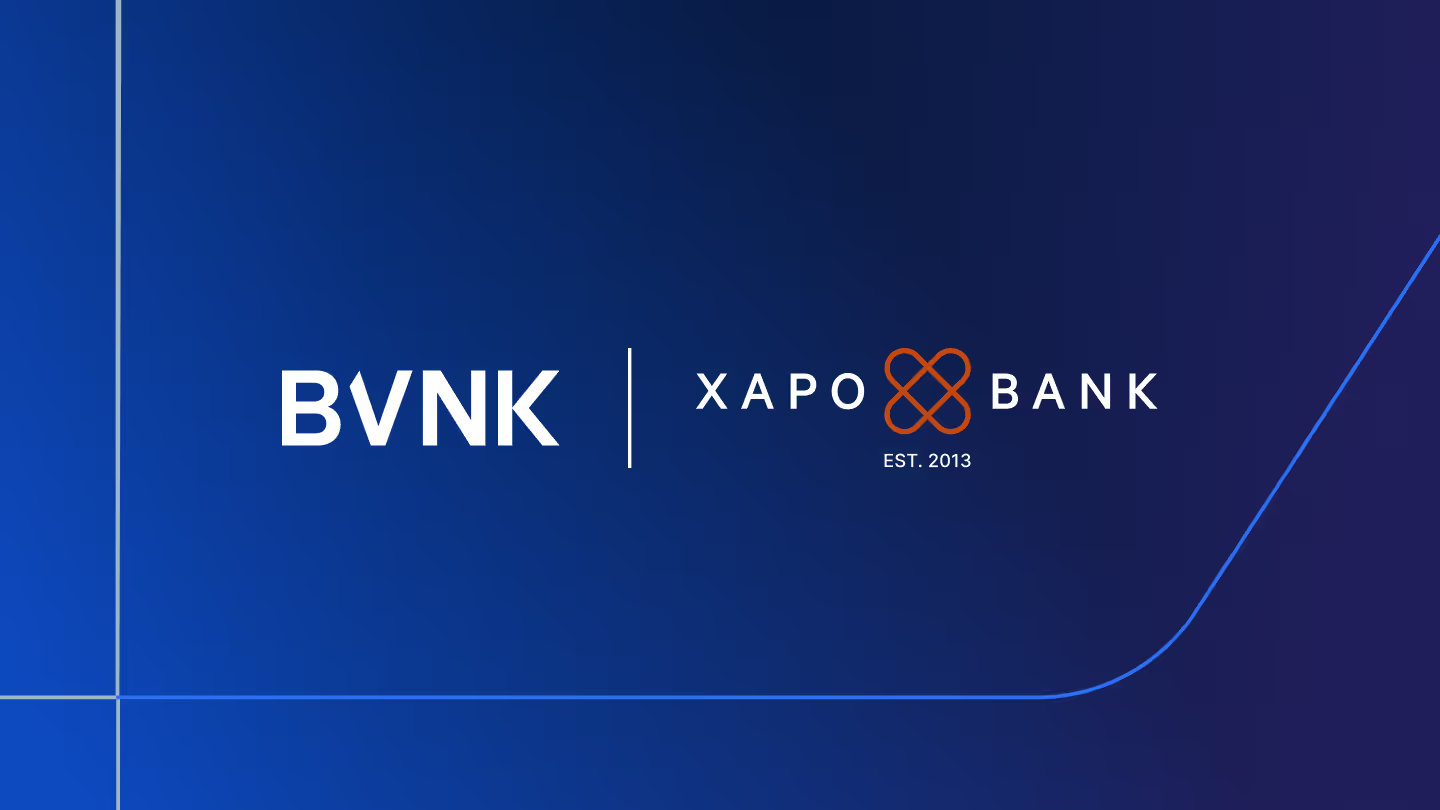How to improve treasury operations globally (8 keys to success)
Global treasury management is evolving rapidly. Here are five key areas to tackle to make sure your team is ready for the challenges.

Introduction
Treasury management is essential for maintaining financial stability, reducing risk, and maximising financial resources, which are all critical components of business success. Treasury management at a global scale introduces added complexities, such as dealing with cross-border settlements, managing different currencies, and navigating diverse regulatory environments. Companies that effectively manage their global treasury function are better positioned to weather economic challenges, seize growth opportunities, and achieve long-term sustainability. In this article, we will look at how a global business can improve its treasury operation.
How to improve treasury operations globally (8 keys to success)
With the right strategy and tools, global treasury managers can streamline their processes, minimise risks, and establish cost-efficient and fast flows of money. Let’s talk about some of the key ways to achieve this.
Centralise
Start by centralising your treasury operations. Centralising treasury operations involves bringing together all financial activities, such as cash management, risk management, and investment, into a single, coordinated unit; and doing this across a business’ distinct subsidiaries and operating units. This consolidation provides treasury teams with a comprehensive and real-time view of the company's financial operations and status. With all financial data and activities housed in one place, treasury teams can quickly assess the company's financial health, available liquidity, and overall financial performance, and make more informed decisions that have a global context.
Standardise
Standardising treasury operations involves establishing uniform processes, policies, and data standards across different business units and geographical regions. This promotes consistency and simplifies operations. Key elements of standardisation include workflows to eliminate redundancies and reduce operational friction; policies to help ensure that all units adhere to the same financial and compliance principles; and defining data standards that govern the collection, storage, and reporting of financial information. All this makes it easier to monitor and manage the company's financial performance across different stakeholders.
Automate
Centralisation and standardisation then enables automation of treasury operations, which improves operational efficiencies such as speed, accuracy and compliance. Automation is best achieved with a common 'Treasury Management System' (TMS) a specialised software solution that manages treasury tasks, including cash management, risk management, and financial reporting.
Achieve a single view of cash flow
Achieving a single view of cash flow is a critical outcome of centralisation, standardisation, and automation in treasury operations. With up-to-the-minute data, treasury teams can make informed decisions promptly, respond to changing financial conditions, and identify areas where the company has either excess cash or cash shortages, and allocate capital accordingly. Treasurers can also develop more precise cash flow forecasts, enabling proactive financial planning and risk mitigation strategies.
Work with hedging instruments
Hedging involves the use of various financial instruments to protect against the uncertainty of currency exchange rate fluctuations. There are different types of hedging instruments, such as forwards, options, swaps and collars. Choosing the right hedging instrument requires careful consideration of various factors, notably cost, complexity, and how they are treated for accounting purposes. (We look at the topic of hedging in more detail in our new guide to managing forex risk.)
Use stablecoins for fast cross-border settlements
One innovative way to address currency fluctuations and slow settlement times is by leveraging stablecoins. Stablecoins are designed to maintain a stable value by being pegged to a reserve asset like the US dollar. They also operate outside of traditional banking networks, and so operate 24/7, and are a faster and often less costly method for currency conversion. You can read more about stablecoins in our for businesses paying international vendors and suppliers.
Diversify banking relationships
Diversifying your banking relationships around the world is important to ensure you can leverage the most efficient payment channels. More banks in your treasury ecosystem can mitigate the cost and time of having to process international settlements through intermediary banks, while also enabling businesses to seek more favourable terms. Diversification also expands credit options, and spreads the risk of banking failures and exposure to geographic and political risks. Having multiple banking relationships gives a company greater negotiating power when dealing with financial institutions.
Keep an eye on your markets
Global geopolitical events, economic risks, and regulatory changes can have significant implications for financial performance and meeting legal obligations. Global treasury teams need to ensure vigilant and proactive monitoring of all their markets. Media outlets and market research companies can provide a high-level view, but dedicated professionals with knowledge of specific markets are also required to dig into the detail and explain their potential consequences.
Wrapping up
Treasury is increasingly seen as a strategic partner within an organisation. Global businesses are increasingly valuing treasury teams that find innovative solutions to address established challenges, because these efficiencies have a direct impact on profitability.
One such innovation is blockchain. Blockchain technology is emerging as a transformative force in global treasury management, offering efficiency, transparency, and security. Blockchains, powered by smart contracts, enables near-instantaneous settlement of transactions. This means that global treasury teams can streamline cross-border payments, manage global liquidity more easily and pay suppliers and partners around the world quickly. a. The decentralised nature of blockchain also reduces the need for intermediaries, leading to cost savings. Also, the immutability of a blockchain ledger ensures transparency and traceability of transactions, helping global treasury teams with reconciliation and fraud management.
At the forefront of this financial revolution are stablecoins, which provide all the benefits of blockchain-enabled payments, while mitigating the risk of cryptocurrency price volatility. These benefits can be accessed by treasury teams without the need to hold stablecoins on their balance sheet. Fintechs, such as BVNK, leverage stablecoins as an intermediary currency in cross-border fiat transactions, enabling up to x5 faster settlements than traditional banking rails – learn more in this guide to blockchain in cross-border payments.
-p-500.avif)
Blockchain in cross-border payments: complete guide
Latest news
View allGet payment insights straight to your inbox



.jpg)






.avif)


.jpg)





